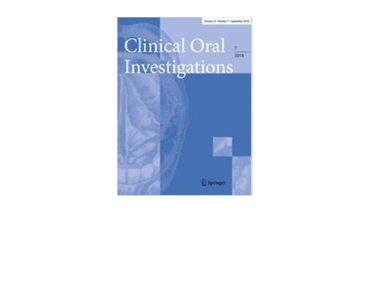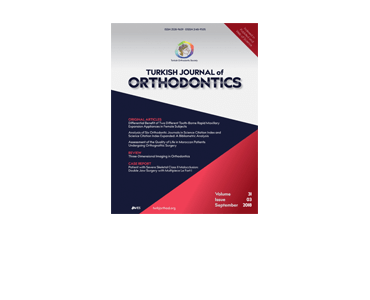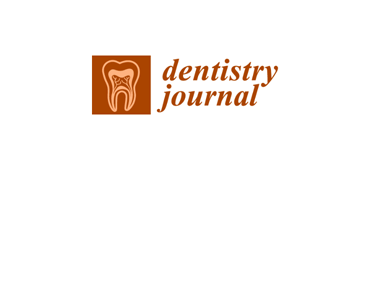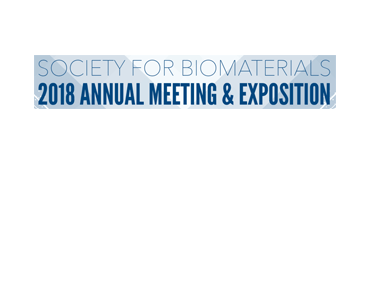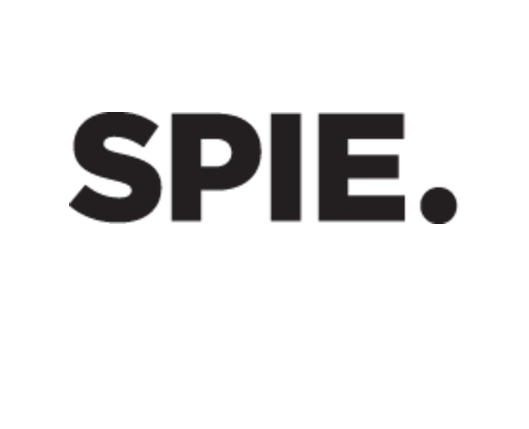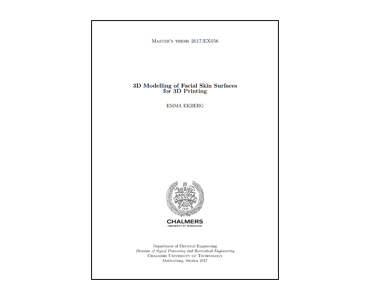Influence of involuntary facial expressions on reproducibility of 3D stereophotogrammetry in children with and without complete unilateral cleft lip and palate from 3 to 18 months of age. Brons, S; Darroudi, A; Nada, R et al.
Date: June 2018. Source: Clinical Oral Investigations. Objective: To assess the influence of involuntary facial expressions on 3D facial stereophotogrammetry reproducibility in children with and without unilateral cleft lip, alveolus and palate (UCLP) aged 3–18 months. Methods: Three to eight 3D facial images per time point were acquired within 10 min of 31 children with…

